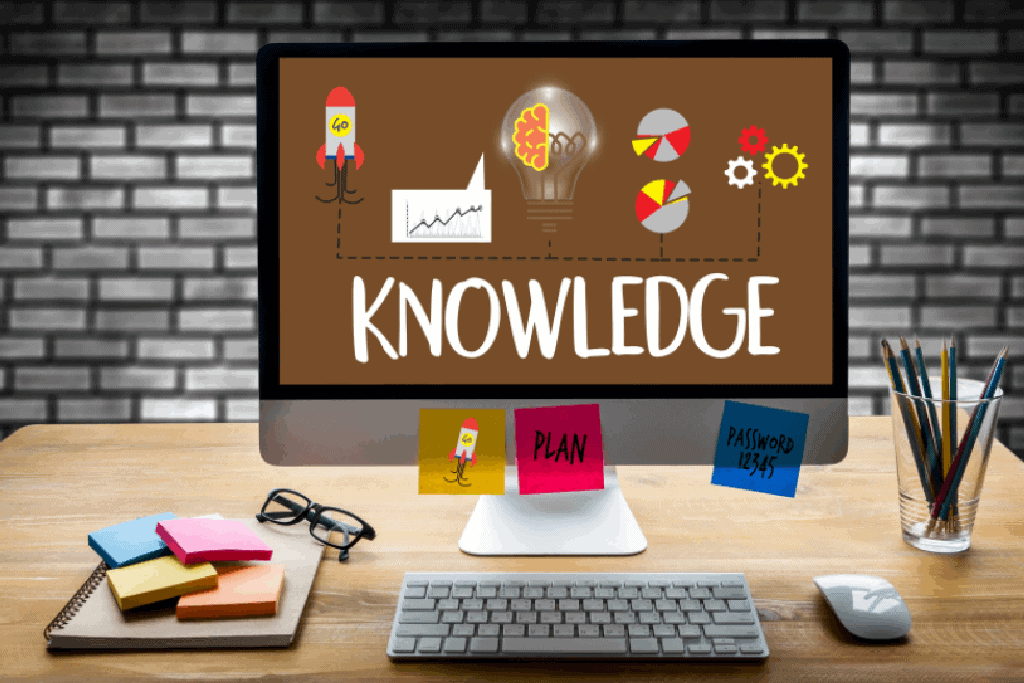
The world is changing and everything around us is evolving as well. The technology we are enjoying now is evidently more advanced than that which existed 20 years ago. This evolution has afforded us with means of much-needed progression within the educational system. The need to provide a more robust and effective education system led to the introduction of what is called open learning.
Receive weekly updates about universities, scholarships, and educational events directly into your inbox – no spamming!
What is Open Learning?
Open learning was introduced in the 1970s as an innovative movement in education to broaden the educational experience beyond the constrained formal schooling system with the goal of allowing more access to education. It is a philosophy that makes learning more client and student-centered. Open learning empowers students to take control of their educational journey through self-directed learning. Learners have the freedom to decide how, when, where, and what they want to learn, allowing them to tailor their education to their personal preferences and life circumstances. This approach not only broadens access to education but also fosters a more inclusive and dynamic learning experience.
Flexibility of Open Learning

Here, education is made more available, allowing anyone the opportunity to start the path to higher education. At the same time, the learning experience is more flexible in terms of course/subject entry and exit times, the mode of learning and attendance (online or face-to-face), and the resources made available for learning, as there is access to all kinds of information both on the web as well as through traditional means like books and texts.
When we say open learning, many of us think of MOOCs or Massive Open Online Courses. These are free online courses provided to an unlimited number of students. They offer a wide range of subjects and allow students to study on an online learning platform at their convenience. This flexibility in learning styles means that students have the choice to study during the day or at night. They can also juggle between learning and working if they prefer because this learning journey is mostly based on their dedication and desire. Some MOOCs are also self-paced learning, which means that there’s no deadline for completing a course and it is totally up to the student to finish the course at their leisure. This approach supports career goals by enabling learners to develop practical skills and critical thinking at their own pace while participating in virtual classrooms and engaging with the learning process in a manner that suits their individual needs.
Open Educational Resources

Open learning also utilizes open educational resources. From courseware and learning modules, textbooks, and online videos to access to journals and online tutorials. This enables students to receive high-quality education at little or no cost by utilizing educational content that is under an open license that permits access, use, and adaptation by others with limited restrictions because there will always be some text or another that the student may need to pay for in order to access. Still, the beauty of the web and public libraries is that they will provide the student with an alternative. As we know, the internet allows us to access sources from any destination in the world, further enhancing the flexible education options available to learners.
Distance Learning
Many universities have made distance learning courses available to students around the world. Universities around the world have turned to this as a result of the travel restrictions the world has been suffering from since the COVID-19 pandemic that hit earlier in 2020. Below, we list a few universities that offer online education to students with a wide variety of courses and subjects.
- UCAM University – Spain
- University of Essex – UK
- University of Liverpool – UK
- Griffith University – Australia
- University of Birmingham – UK

Students who opt for open learning enjoy more benefits than those who enroll in traditional classroom settings. Apart from the flexibility of choosing and attending courses, most open learning institutes require less when it comes to admissions requirements. This makes it an attractive option for those interested in lifelong learning. All students are welcome to choose a course of study and attend regardless of educational background or work experience, enhancing their career prospects through continuous education.
Studygram™ – Trusted source of educational news and gateway to worldwide education.
Subscribe to our newsletter to receive weekly updates about universities, scholarships, and educational events directly in your inbox


